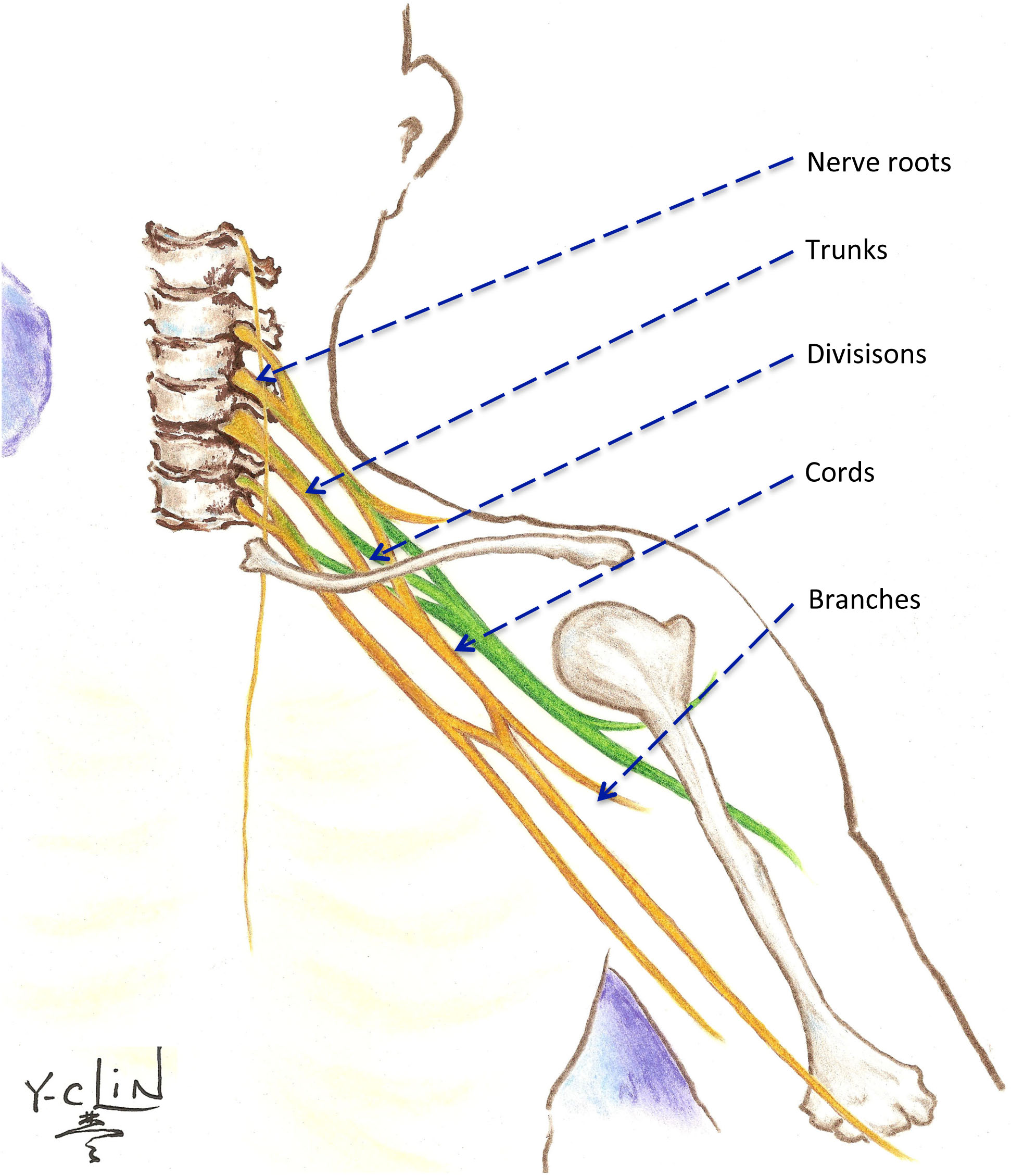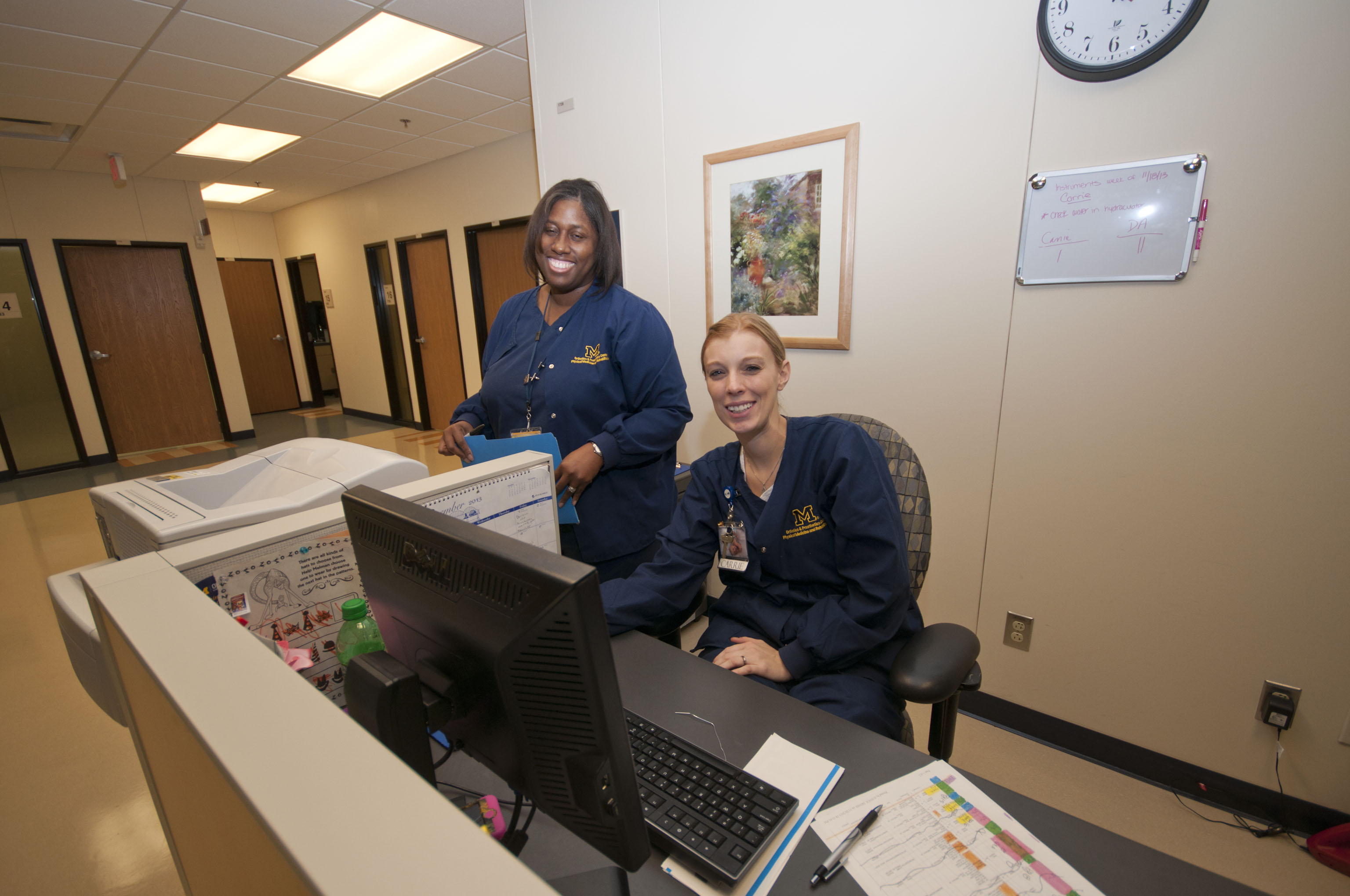What is the Brachial Plexus?
The brachial plexus is a complex network of nerves extending from the neck into each arm. This nerve network controls movement and sensation in the shoulder, arm, wrist, hand and fingers.

Neonatal Brachial Plexus Palsy (NBPP) affects the nerves passing from the neck to the arm. These are the nerves that trigger movement from the shoulder down to the fingers. The most common cause of brachial plexus palsy is stretching, compressing, or tearing of the nerves that may result in scar formation. Although some brachial plexus palsies heal on their own, others may result in lifelong disability if not treated promptly. Depending on the type of brachial plexus palsy, symptoms can occur in the shoulder, elbow, and/or hand and fingers. These symptoms include loss of feeling, loss of motor control, and limited or no active range of motion.
First Visit
We’ve purposely created our clinic to include specialists from a variety of disciplines, who each play a vital role in helping your child. This multidisciplinary approach allows us to assess your child's needs and recommend a collaborative treatment plan during each visit.

Patients participating in the Brachial Plexus clinic can expect an occupational therapy evaluation followed by an assessment by specialists in neurosurgery, reconstructive surgery, physical medicine. When necessary, an EMG (Electromyography), a test that can detect abnormal muscle electrical activity, can be performed on-site to expedite the evaluation process. After the evaluation is completed, the Brachial Plexus team will present formal recommendations to you.
What Happens Next
Except for specialty services, follow-up care can be done in your own community. Our staff are available to help find the continuing care in your area: we remain available to help with treatment if desired and to assist your local medical providers.

